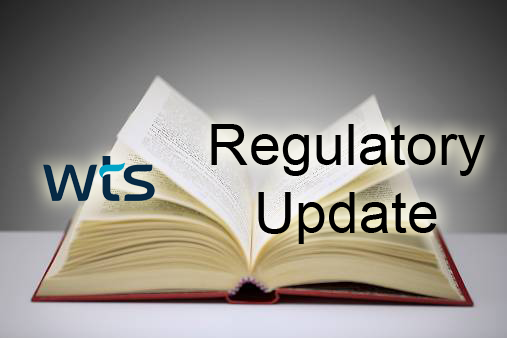The requirements for accumulation (storage) in a central Accumulation area can be found in 40CFR 262.17: Conditions for exemption for a large quantity generator that accumulates hazardous waste. There are requirements listed for ignitable and reactive wastes:
- “Containers holding ignitable or reactive waste must be located at least 15 meters (50 feet) from the facility’s property line unless a written approval is obtained from the authority having jurisdiction over the local fire code allowing hazardous waste accumulation to occur within this restricted area. A record of the written approval must be maintained as long as ignitable or reactive hazardous waste is accumulated in this area.”
- “The large quantity generator must take precautions to prevent accidental ignition or reaction of ignitable or reactive waste. This waste must be separated and protected from sources of ignition or reaction including but not limited to the following: Open flames, smoking, cutting and welding, hot surfaces, frictional heat, sparks (static, electrical, or mechanical), spontaneous ignition (e.g., from heat-producing chemical reactions), and radiant heat. While ignitable or reactive waste is being handled, the large quantity generator must confine smoking and open flame to specially designated locations. “No Smoking” signs must be conspicuously placed wherever there is a hazard from ignitable or reactive waste.”
- “A container holding a hazardous waste that is incompatible with any waste or other materials accumulated or stored nearby in other containers, piles, open tanks, or surface impoundments must be separated from the other materials or protected from them by means of a dike, berm, wall, or other device.”
A best practice is to follow the USEPA’s list of Examples of Potentially Incompatible Wastes found in CFR 40 (appendix to part 264).[1] “The list is intended as a guide to owners or operators of treatment, storage, and disposal facilities, and to enforcement and permit granting officials, to indicate the need for special precautions when managing these potentially incompatible waste materials or components.”
For best practices on the segregation of hazardous materials in transit, see 49CFR 177.848.[2]
[1] https://www.law.cornell.edu/cfr/text/40/appendix-V_to_part_264
[2] https://www.ecfr.gov/cgi-bin/text-idx?node=pt49.2.177&rgn=div5#se49.2.177_1848

